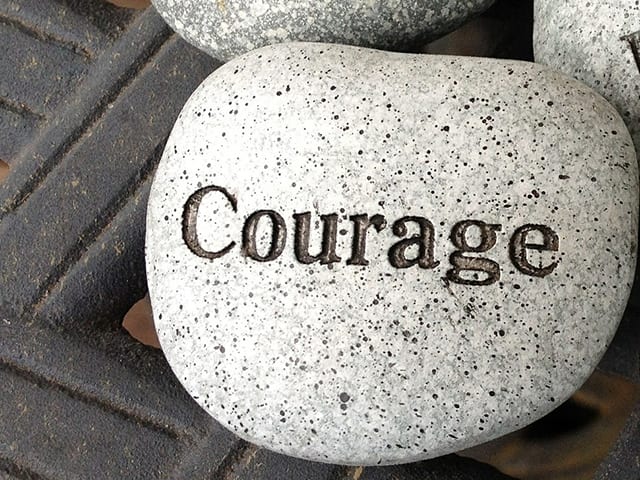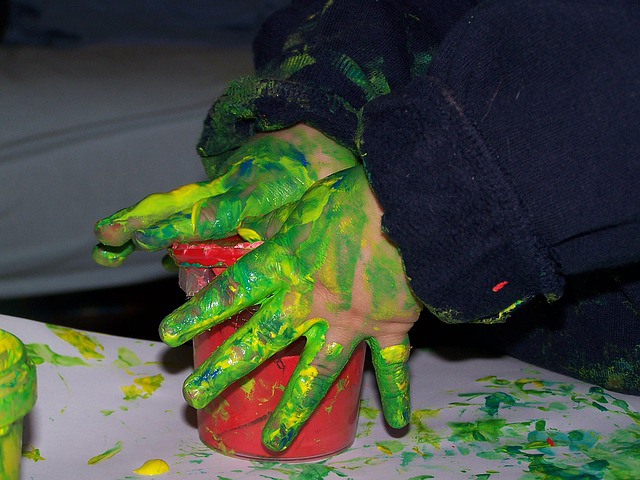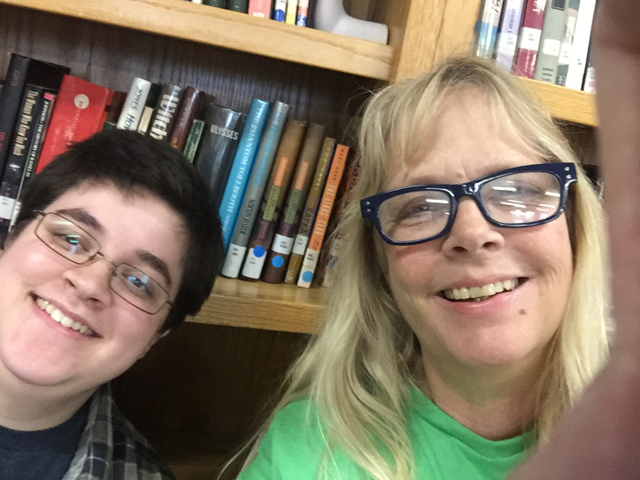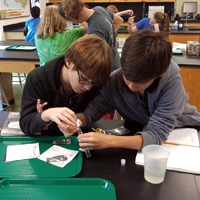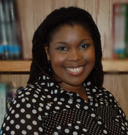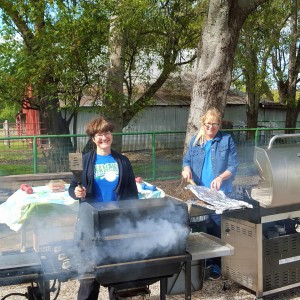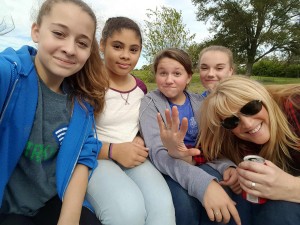By Victoria John
Lakehill Preparatory School, Middle School Mathematics and Latin
Several years ago, I joined colleagues at a weekend educational retreat, hosted by the Fetzer Institute in Kalamazoo, Michigan. It was most exciting for me, as our facilitator, Parker Palmer, noted educator and author of several books, including his seminal work, The Courage to Teach, was someone I had respected for years. He is one of those rare individuals, who instantly puts individuals at ease, while empowering them to trust their intuition. Parker Palmer gave voice to my own intuition with his words, “If students get to know each other as people first, it is easier to share ideas.”
As a child entering school in the 1950s, I was always uncomfortable, afraid of sharing ideas, in a classroom setting. During my undergraduate work at Indiana University, I was drawn to John Holt’s groundbreaking book, How Children Fail. Its premise was that fear in the classroom is the biggest deterrent to learning. Inspired by his thinking, I wrote a paper suggesting a model for reducing fear in the classroom. Children would get to know each other by meeting in small groups and sharing stories about themselves. They would gradually rotate groups until students felt safer with one another in the classroom setting. My professor encouraged me to use this model when I started teaching. I successfully launched this project at Indiana University Middle School, and observed happily that my students gradually became more confident to participate in class discussions without fear of ridicule or judgment.
The original model has morphed into telling my own childhood stories related to learning, followed by my students sharing their experiences. Despite the difference in our ages, at times we all feel uncomfortable about our ability to learn. We spend more time comparing ourselves to others than focusing on our own growth. We realize how we are alike, and in the process of that acceptance, learn to respect differences. Through annual student-written feedback, I discover that students feel at ease in my classroom. This comfort level translates into a sense of community, builds teamwork and results in mutual respect that contributes to learning without fear.
My most memorable story reveals that I failed the seventh grade math final exam. I was shocked and ashamed to see a huge red “F” marked at the top of my paper. I felt terrified, not because of what my parents would say, but because of my own doubt in my ability to think. How could I, an “A” math student, fail a math test? My parents trusted me to handle the situation. I made an appointment with the teacher to discuss my performance and requested extra summer math assignments to ensure I understood the material.
I value that experience and the resulting empowerment I felt from focusing on the solution and not the problem. That choice gave me the ability not only to acknowledge my students’ disappointments, but also to guide them through the process of understanding why it happened and taking steps to move forward. They learn that resilience builds courage.
I love teaching middle school and believe in empowering students. I encourage them to trust their intuition and live within their own integrity. I believe in the inherent good in each and am inspired to guide them through the middle school experience. Through stories, my students embody the value of what Parker Palmer noted as “getting to know each other as people first.” They share amazing, humorous, and valuable stories that have a profound effect on their peers, as well as on me. In the process, they are able to focus on learning the subject matter in Latin or math, rather than hiding silently behind a wall of fear. It is a gift to have taught at Lakehill Preparatory School for 19 years. I dedicate this blog to my current eighth grade students who have influenced my life through their willingness to grow by choosing the path of courage.
